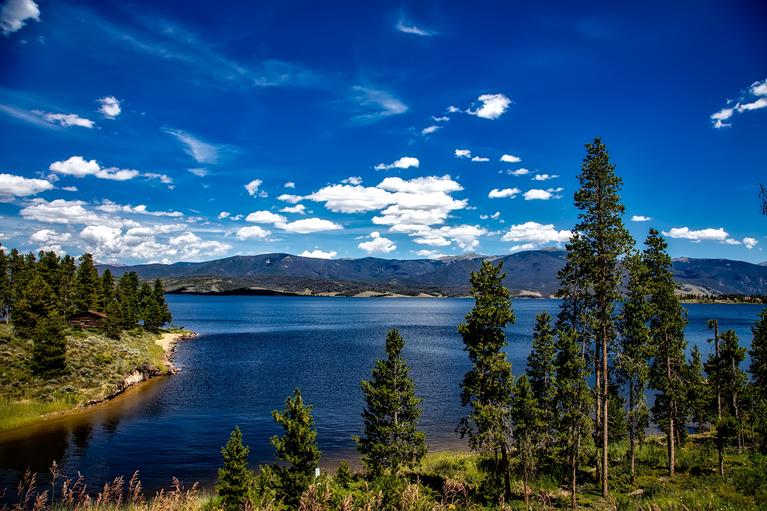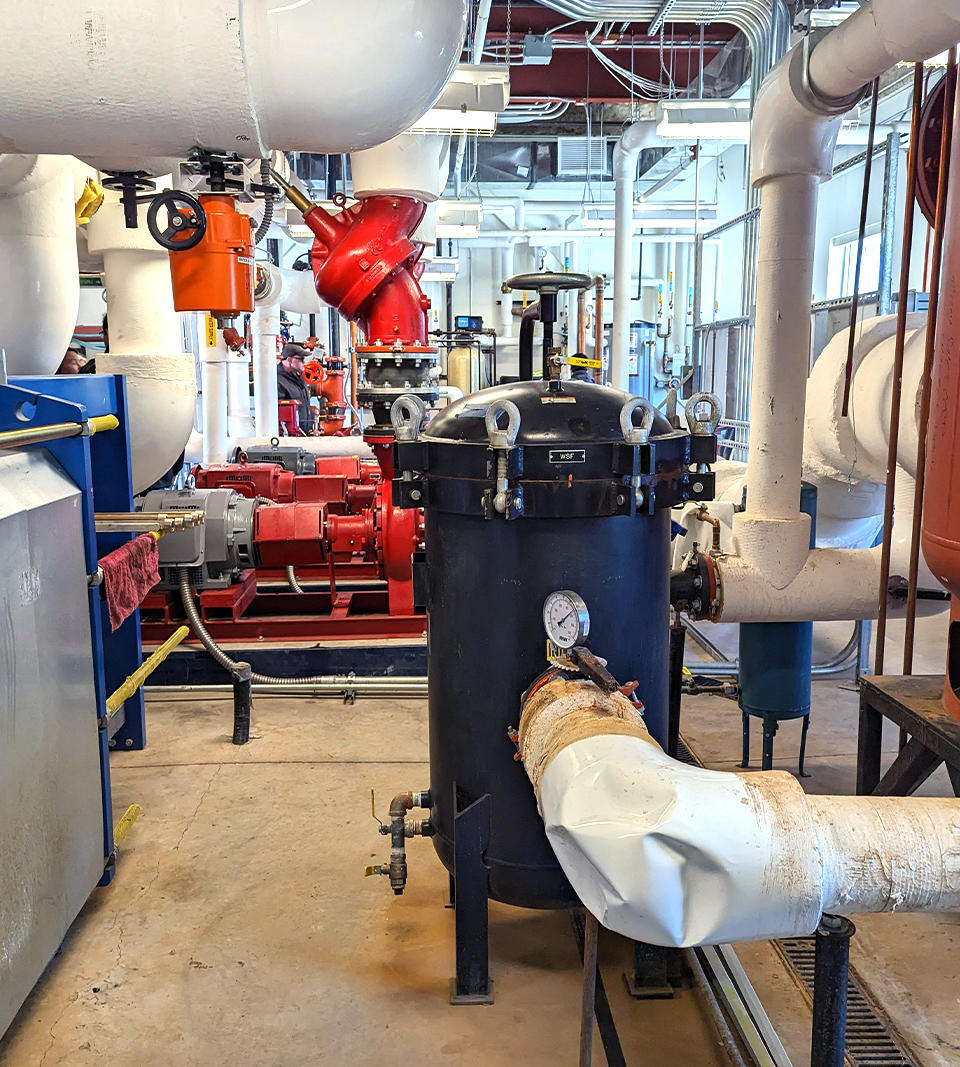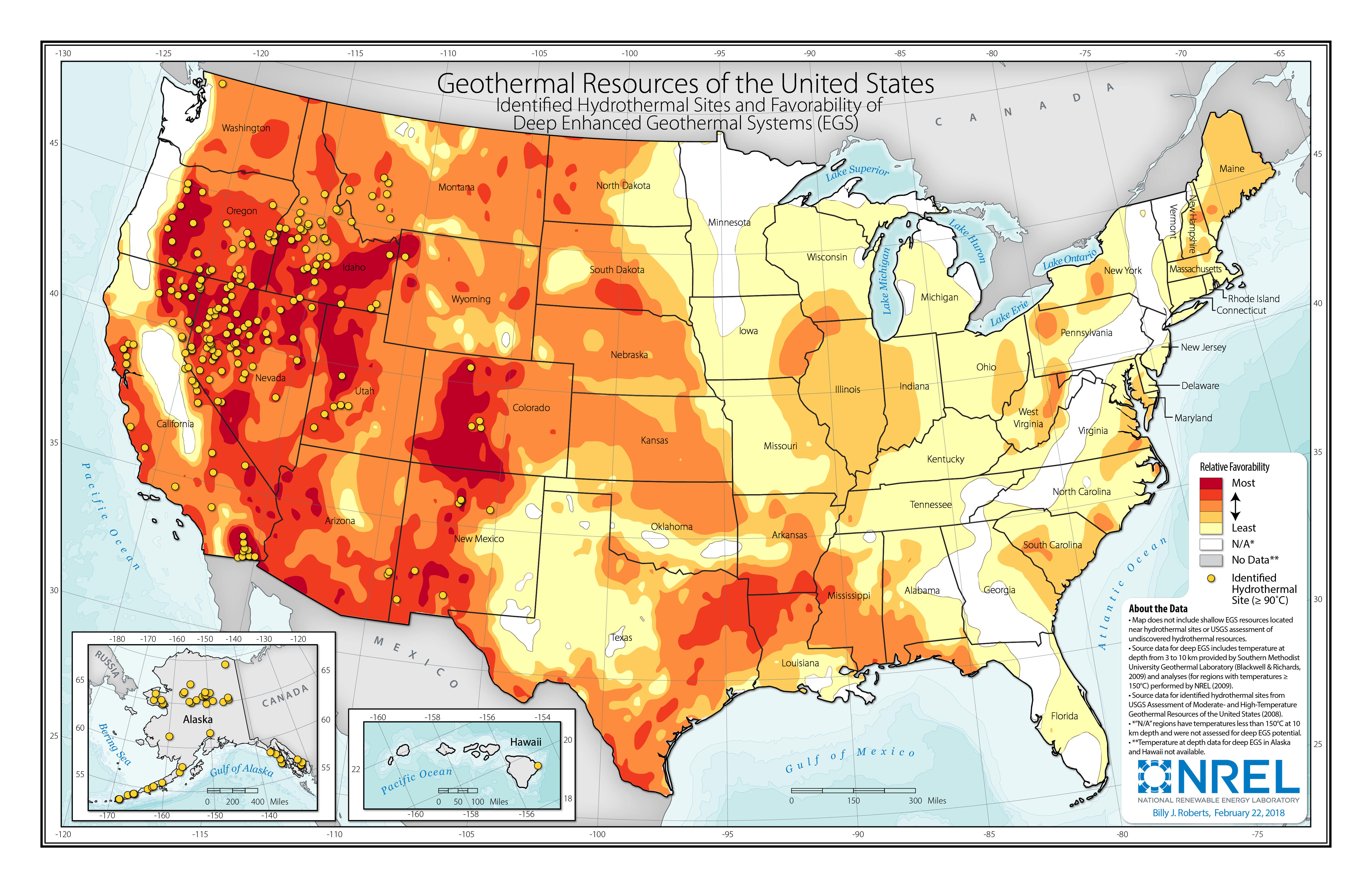
Clean Energy Innovation
Clean Energy Innovation in Colorado
We’re raising the bar on clean energy solutions for Coloradans.
Colorado is transforming the energy sector to reduce greenhouse gas emissions and preserve our state for generations to come. A recent study found the lowest cost pathway to achieve deep reductions in greenhouse gas emissions in Colorado by 2040 will use wind, solar, and battery storage to meet the majority of electricity needs, with clean hydrogen and geothermal electricity available to ensure affordability and reliability.
To achieve this goal, we’re thinking beyond our current energy resources to the future of energy production. Our utility partners are instrumental in making our clean energy vision into a reality.
Clean Energy Progress in Colorado
Colorado's utilities are already making significant progress in the transition to carbon free electricity. Utilities that operate the power plants responsible for 99% of fossil fuel-based power in Colorado have adopted Clean Energy Plans that will reduce greenhouse gas emissions 84-87% by 2030 from a 2005 baseline. As part of those plans, all coal-fired power plants will close by no later than the beginning of 2031.

Generating Electricity with Wind and Solar
Colorado already generates electricity using wind and solar power.
Our state has significant wind energy resources. When wind spins the blade of a wind turbine, the turbine spins a rotor connected to a generator. This rotation creates electrical energy. Colorado’s wind farms have thousands of turbines that power our homes and businesses.
Colorado also has significant solar power resources. Solar power is generated when photovoltaic (PV) panels or mirrors concentrate solar radiation and transform sunlight into electrical energy. Colorado has tens of thousands of PV installations that generate solar power.
When conditions are right to generate more electricity via wind and solar than what is needed, battery energy storage systems (BESS) can store the excess electrical energy. This energy is then distributed when consumers need it.
Colorado is still expanding its base of renewable energy sources. Because wind and solar plants are dependent on weather conditions to generate electricity, we are also investing in alternatives, such as hydrogen and geothermal energy. These renewable energy sources are reliable even during inclement weather conditions.
Tapping into Geothermal Energy
Geothermal energy is an important zero-emission solution for our clean energy future. We can use geothermal heat to generate electricity, heat and cool buildings, and heat water.
Geothermal energy is promising because it is not affected by the weather. In fact, humans have been using geothermal energy for hot water, cooking, and heat for thousands of years! The earth’s underground temperature stays consistent, so we can depend on geothermal energy to produce electricity and heat year round.
The Western states have a significant opportunity to take advantage of geothermal resources in the region. That's why Governor Polis launched The Heat Beneath our Feet (HBOF) project. HBOF is a Western Governors Association initiative to explore opportunities for geothermal energy in Colorado.
Learn more about the project on the Heat Beneath our Feet website.
Heat Beneath Our Feet website


In addition to the HBOF initiative, the state is investing in geothermal energy research and development through the Geothermal Energy Grant Program and the Geothermal Energy Tax Credit offering.
Learn more about Geothermal in Colorado
Using Hydrogen to Decarbonize Colorado
Hydrogen is one proposed clean energy solution to reduce emissions from the state’s hardest to decarbonize sectors, including industry and manufacturing, and heavy-duty transportation. Colorado can also use hydrogen to generate electricity and store large quantities of energy from renewable sources for future use.
To learn more about hydrogen, visit the Office of Energy Efficiency and Renewable Energy web page.
Office of Energy Efficiency and Renewable Energy Website
Colorado's renewable energy innovation includes our participation in the Western Interstate Hydrogen Hub (WISHH). WISHH is a four-state coalition between Colorado, New Mexico, Wyoming, and Utah. Together with industry partners, WISHH collaborated on a submission to DOE’s Regional Clean Hydrogen Hub funding opportunity. Although WISHH was not chosen by DOE, the collaboration will continue innovating the safe, clean, and sustainable use of hydrogen to meet the region's diverse energy needs.
To learn more about the proposed project, read the concept paper.
Read Concept Paper
View all resources related to WISHH:
WISHH Website
Transmission Projects to Expand
Renewable Energy Opportunities
Transitioning Colorado’s electricity sector to clean energy sources requires a substantial expansion and upgrade of our existing transmission grid. Many clean energy resources are often located away from population centers, which presents a challenge to the clean energy transition. Transmission expansion and upgrades can help solve this challenge by allowing energy supply to be transported to areas of high demand.
Of the four transmission corridors in the Mountain region with the greatest need for expansion, three are located along Colorado’s borders with Wyoming, Utah, New Mexico, and Kansas. CEO is engaged in discussions around interregional transmission planning and western electricity market expansion to support a smooth transition to clean energy and ensure all Coloradans can access the electricity they need to power their homes and businesses.
